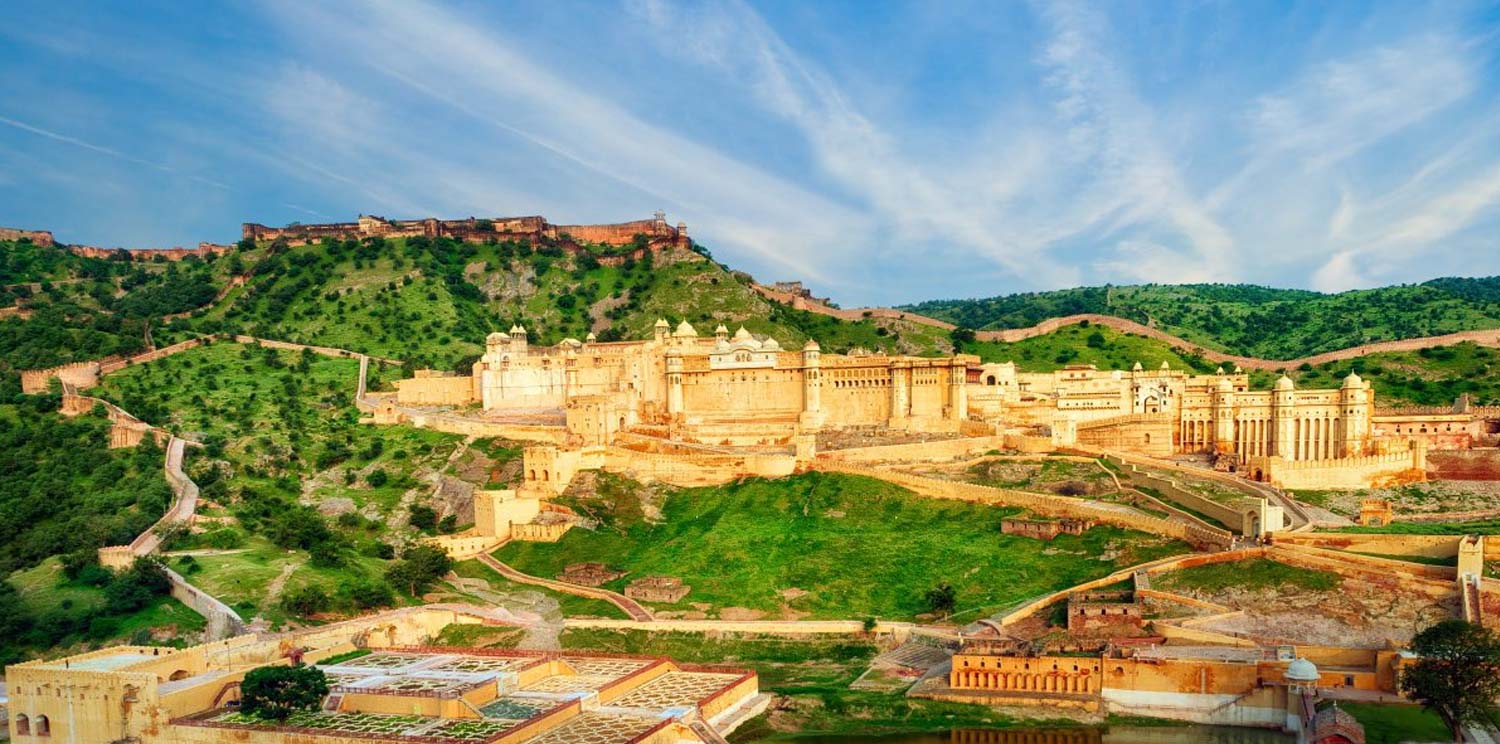
Pushkar Tripadvisor
Pushkar is one of the most prominent cities of Rajasthan, India. It is best known for Pushkar Lake which is surrounded by sacred temples and ghats.
The city of Pushkar isn't an unknown name for people in India, as from the religious sights to the trending cafes; there are plenty of travel hotspots to visit Pushkar with cheerful vibes in each corner.
The small shops located in the bright boulevards are loaded with joy, liveliness, culture, and warmth. The region even has mountains and their beauty is a strong reason why Pushkar can be your new favourite travel spot to hit right away.
One of the best parts of your visit to Pushkar would be the camel safari where you get to cross the sand dunes of the Thar Desert on a Camel. If you cannot keep calm hearing all this and are way too excited to visit Pushkar, then, let us tell you, the best time to plan your trip to Pushkar is from November to March. The weather during this time is quite pleasant and is very suitable for travel and tourism activities.
Pushkar Lake
A sacred town for the Hindus, situated to the North-West of Ajmer.Evidence points to its having existed during the fourth century B.C. lake in the inhospitable surroundings of a desert is no less than a miracle.Brahma is supposed to have performed sacrifice at this lake on Kartik Purnima (the full moon day of the Kartik month), hallowing the place. Sacred to Brahma, Pushkar boasts of its temple dedicated to him, which is the only one of its kind in the world. A dip in the waters of Pushkar and worship at his temple ensure salvation. So thousands flock to Pushkar to observe the ritual on kartik Purnima, or on any of the four days preceding it.
Brahma Temple
The only standing Hindu temple in India dedicated to Lord Brahma, the creator of the universe, the structure around the temple was built in the 14th century and stands on a high platform near Pushkar lake. Brahma is one of the Holy Trinity in Hinduism, sharing the honour with Vishnu the Preserver and Shiva the Destroyer. Although a very large number of temples can be found all over India dedicated to Shiva and Vishnu, there are very few temples for Brahma, this being one of the holiest one.
Marble steps lead up to the temple where a silver turtle lies embossed in the floor facing the sanctorum.
Gayatri Temple Pushkar (PAP MOCHINI TEMPLE)
Towards the northen section of Pushkar is the Pap Mochini temple, not really popular for its architecture or deity but for the simple belief that anyone who kills a Brahmin will be purified of this deed by visiting the Hindu temple, of course, all that was applicable in olden times, for today a murder is a murder and the law would hear nothing else.
Savitri Temple
The Savitri temple on the other side of Pushkar is in honour of the wife who sat by Brahma's side in Savitri's absence during Brahma's ceremonial sacrifice. Legend says that Gayatri was an untouchable and to purify her she was put into the mouth of a cow and taken out from the other end. To reach the Gayatri Hindu temple the best route to take is from behind the bus stand and walk up a hill. Both the Savitri and Gayatri temples are closed - so to say - during lunch hours and the best time to go is either before noon or in the evening.
Old Rangji Temple Pushkar
Two Raghunath temples exist in Pushkar; one is the old one and the other is relatively new. The Old Raghunath temple was built in 1823 and houses images of Venugopal, Narasimha (Vishnu's fourth incarnation) and Lakshmi, the goddess of wealth. But there's a bit of a problem for foreign tourists visiting these two temples because of one little sign which says "Foreigners not allowed." These are probably the only binary temples in India where such segregation exists.
New Rangji Temple Pushkar
The gracious temple is very conspicuous for its south Indian style of architecture. It has a high rising Gopuram which is typical of south Indian.
Pushkar has more than 400 temples. The other important temples are Banji ka Mandir, Atmateshwar Mahadeo temple, Varah temple and Man Mandir.

 +91-9799050299
+91-9799050299


